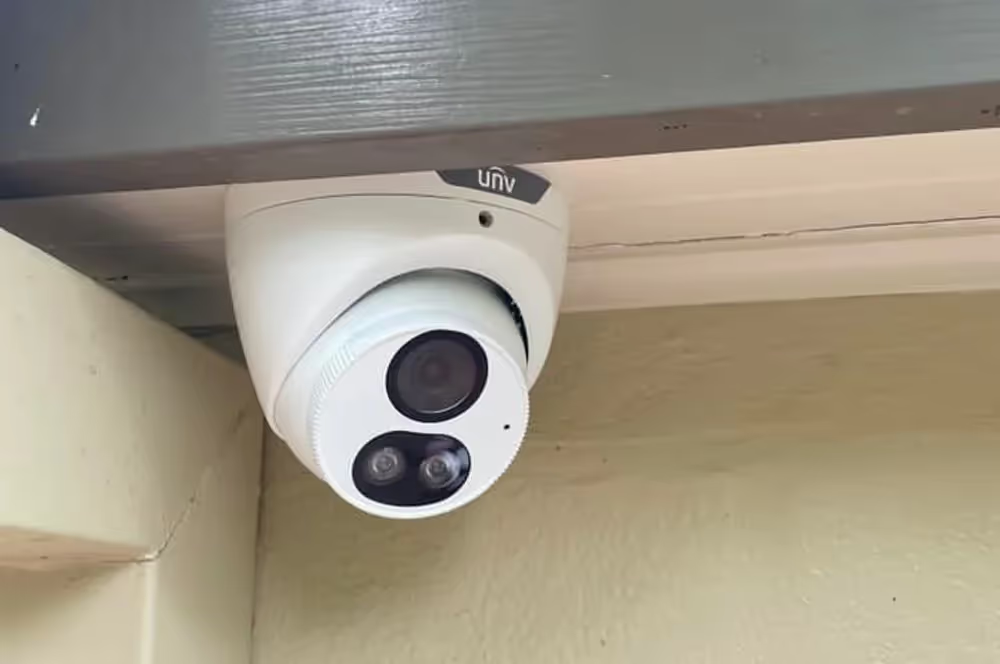Why GPS Matters for Lone Workers
When staff are on the move – from servicing utilities in Tamworth, to maintaining public spaces in Port Macquarie, or patrolling businesses in Newcastle – safety becomes harder to manage. Distance, isolation, and unpredictable risks increase the need for reliable safety tools.
GPS-enabled duress devices bridge that gap. They don’t just signal for help; they pinpoint exactly where help is needed.
How GPS-Enabled Duress Devices Work
These devices combine the core features of a duress alarm with built-in location technology:
- Activation: The user presses a discreet button when they feel unsafe or face an emergency.
- Location Sharing: GPS instantly transmits the user’s exact location to a monitoring centre.
- Operator Response: Monitoring staff contact the worker, notify supervisors, or escalate to emergency services.
- Continuous Updates: Location and status can be tracked until the situation is resolved.
- This removes guesswork and speeds up response in critical moments.
Use Cases in Regional NSW
Regional Technicians
Utility workers and contractors often operate alone in remote areas. GPS duress devices ensure that if an accident occurs, responders know precisely where to go, even in hard-to-reach locations.
Grounds Maintenance Teams
Council and facility staff maintaining parks, schools, and public spaces can encounter unpredictable risks – from injuries to aggressive members of the public. GPS-enabled alarms add an extra layer of security.
Mobile Patrols
Security staff covering large areas, especially at night, face potential threats. GPS monitoring allows control centres to follow their route and respond immediately to duress alerts, improving both safety and accountability.
Benefits for Businesses and Staff
- Faster Response Times: GPS accuracy means emergency teams are dispatched to the exact location.
- WHS Compliance: Demonstrates a proactive approach to staff safety and duty of care obligations.
- Peace of Mind: Staff feel more confident working independently, knowing support is just a button away.
- Operational Oversight: Employers gain visibility of staff locations, improving coordination and efficiency.
Regional Perspective
In regional NSW, where distances are greater and emergency services may take longer to arrive, knowing where someone is makes all the difference. For employers with mobile workforces in Tamworth, Moree, Coffs Harbour, Port Macquarie, and Newcastle, GPS-enabled duress devices are an essential part of modern safety systems.
Conclusion
For businesses with staff working in the field, GPS-enabled duress devices are more than a gadget – they are a lifeline. By ensuring faster response, WHS compliance, and confidence for employees, they set a new standard for lone worker safety.
Ready to Enhance Field Staff Safety?
ASG offers a range of GPS-enabled duress devices tailored to the needs of regional NSW industries. From technicians to patrol staff, we provide solutions that protect your people and strengthen your WHS compliance.
Contact ASG today to discuss GPS-enabled duress solutions for your workforce.




